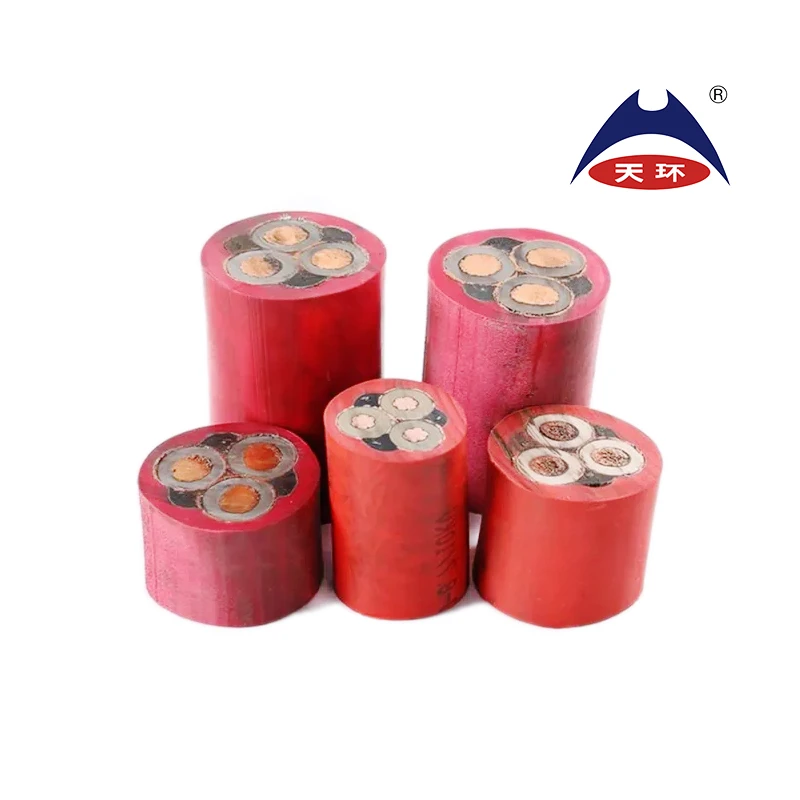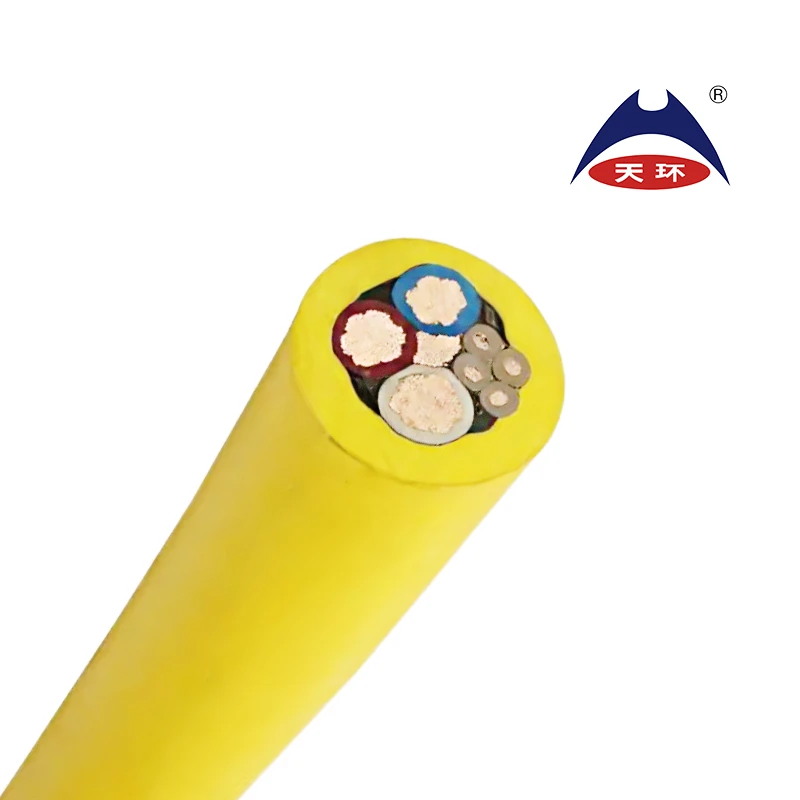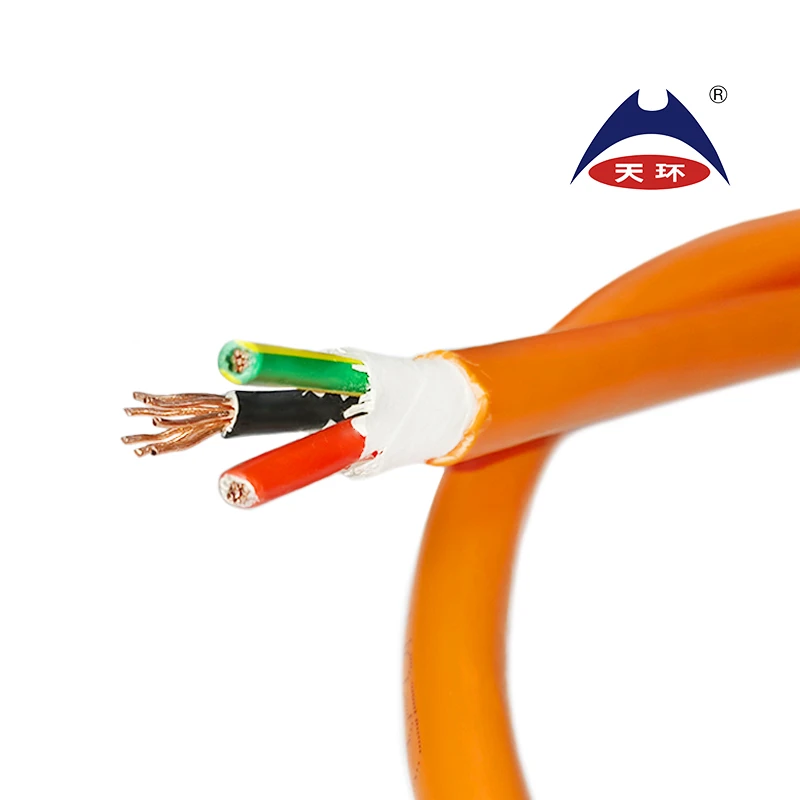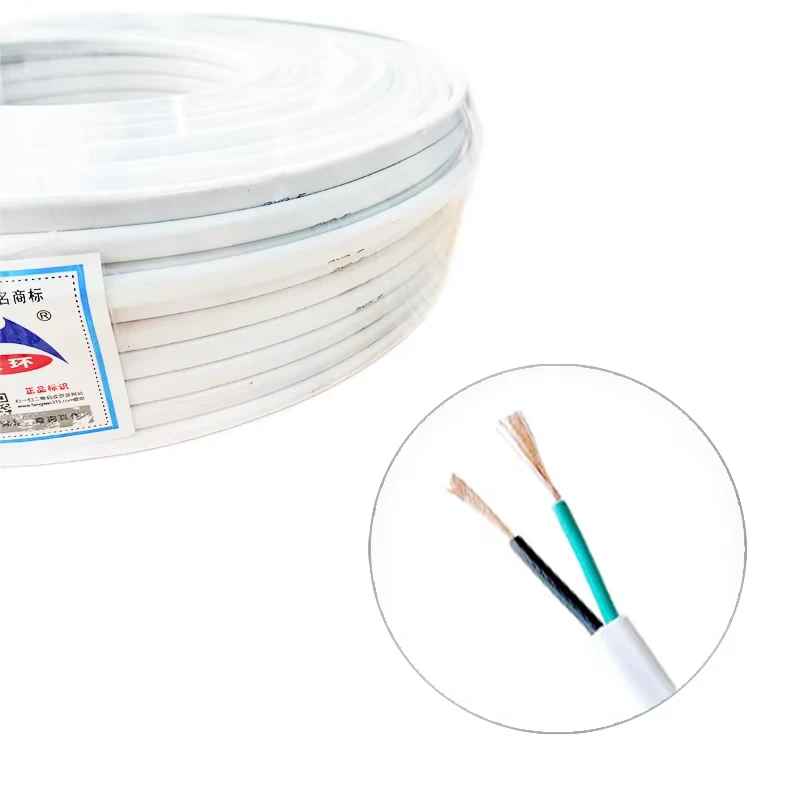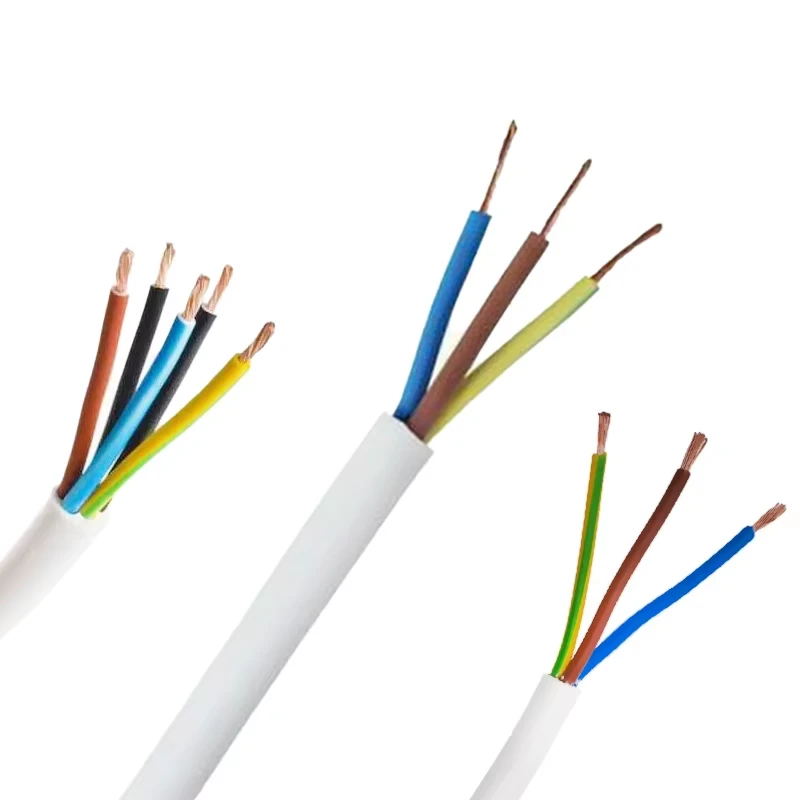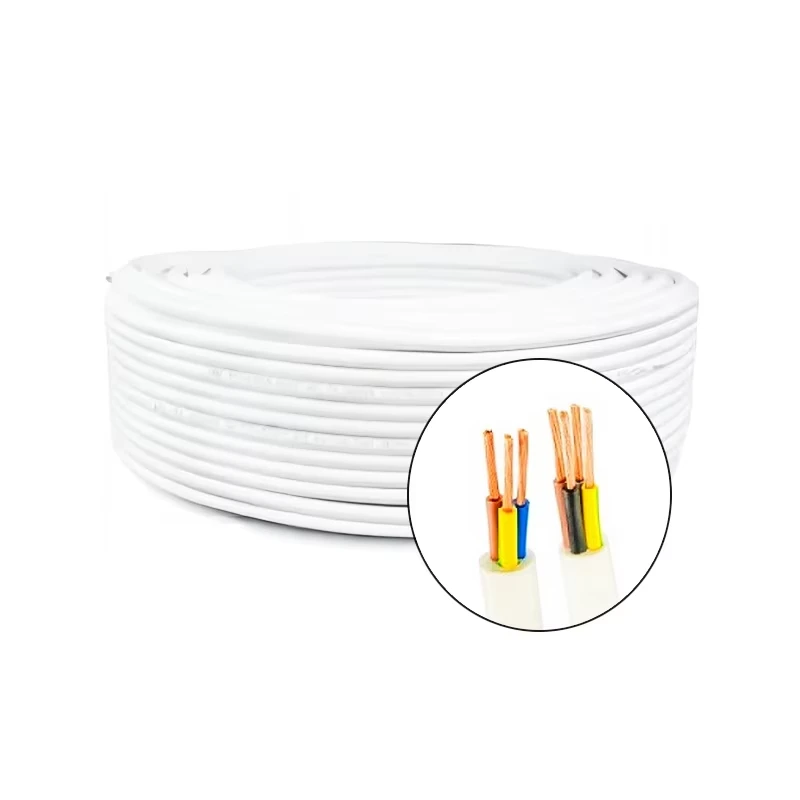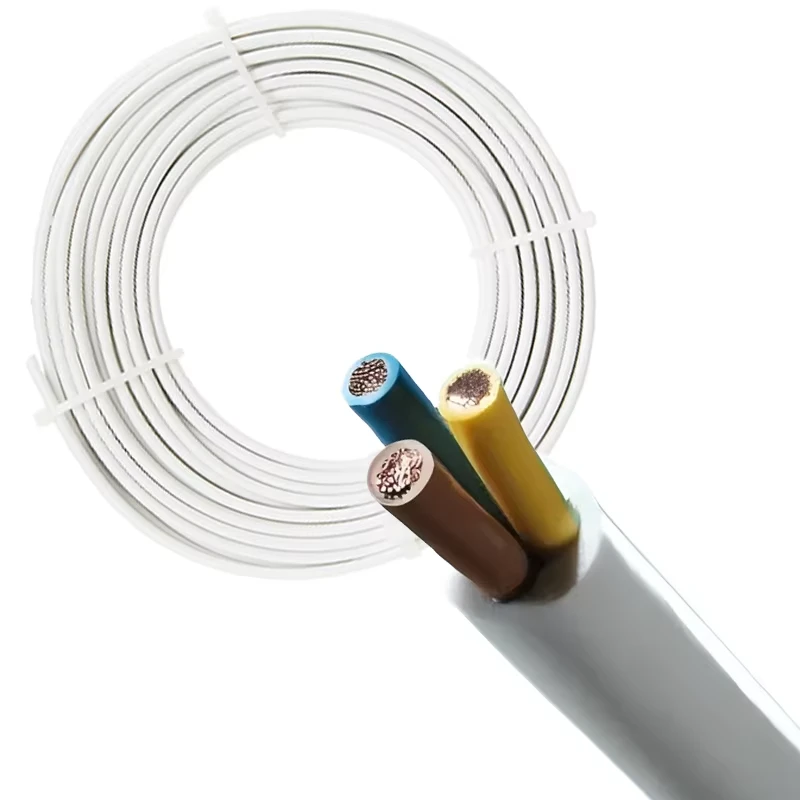
Understanding H07V-K 25 CE Certification for Electrical Cables and Its Applications in Industry
Understanding CE Certification for H07V-K 25
In today’s global marketplace, ensuring compliance with safety and regulatory standards is essential for manufacturers and suppliers. One of the most recognized certifications in Europe is the CE (Conformité Européenne) mark, which signifies that a product meets stringent EU safety, health, and environmental protection standards. This article will delve into the significance of CE certification, particularly for the H07V-K 25 cable, its applications, and the benefits of certification.
What is H07V-K 25?
The H07V-K 25 refers to a specific type of flexible, single-core wire designed primarily for fixed installation in industrial environments. The designation breaks down as follows H indicates flexibly insulated, 07 relates to the nominal voltage of 450/750V, V stands for PVC insulation, K signifies a flexible conductor, and 25 denotes the cross-sectional area of 25 mm².
This type of cable is widely used in electrical installations within buildings, machinery, and appliances due to its robust construction and versatility. The H07V-K 25 is suitable for a range of applications, including power distribution, control systems, and connecting devices within confined spaces.
The Importance of CE Certification
The CE certification is crucial for ensuring that products, such as the H07V-K 25, meet the rigorous requirements set forth by the European Union
. It serves multiple purposes1. Safety Assurance CE marking guarantees that the H07V-K 25 cable adheres to safety standards, minimizing risks such as electrical shocks or fires. This is particularly crucial in industrial settings where equipment operates under demanding conditions.
2. Market Access For manufacturers wishing to sell their products in the EU market, obtaining CE certification is mandatory. It creates a pathway for businesses to expand their market reach by complying with European regulations.
3. Consumer Confidence For consumers, the CE mark signifies that the product has undergone thorough testing and meets safety standards. This fosters trust and confidence, crucial in purchasing decisions.
ce certification h07v k 25

4. Legal Compliance Manufacturers that fail to secure CE certification for their products risk facing legal repercussions, including fines and product recalls. Hence, certification ensures companies operate within the law while protecting consumers.
The Certification Process
Obtaining CE certification for the H07V-K 25 cable involves several steps
1. Product Testing The cable must undergo rigorous testing to ensure compliance with relevant EU directives, such as the Low Voltage Directive (LVD) and the Electromagnetic Compatibility (EMC) Directive.
2. Technical Documentation Manufacturers must compile technical documentation that demonstrates conformity, including details about design, manufacturing processes, and testing results.
3. Declaration of Conformity After successful testing and documentation, the manufacturer must create a Declaration of Conformity, affirming that the product meets all applicable regulations.
4. Marking Finally, the CE mark is affixed to the product, signifying that it has met the necessary requirements.
Conclusion
In conclusion, CE certification for the H07V-K 25 cable is not just a regulatory formality; it is a vital process that ensures safety, legal compliance, and marketability within the EU. As electrical installations become more complex and the demand for high-quality, safe products increases, obtaining CE certification will remain integral to manufacturers aiming for success in the competitive global market. This certification not only safeguards consumers but also enhances the credibility and reliability of the manufacturers who strive to uphold safety standards in their products.
-
Reliable LIYCY Cable Solutions for Low and Medium Voltage ApplicationsNewsJul.14,2025
-
Premium Overhead Electrical Wire Solutions for Low and Medium Voltage ApplicationsNewsJul.14,2025
-
Innovative XLPE Electrical Cable Solutions for Modern Low and Medium Voltage NetworksNewsJul.14,2025
-
High-Quality Ethylene Propylene Rubber Cable – Durable EPDM Cable & 1.5 mm 3 Core OptionsNewsJul.14,2025
-
Exploring the Versatility of H1Z2Z2-K 1X4mm2 Cables in Modern ApplicationsNewsJul.14,2025
-
Uses of Construction WiresNewsJul.14,2025
-
Types of Neoprene CableNewsJul.14,2025





